





To my husband, John David Corey, for his unconditional support and encouragement.

Zakim Bridge Boston, Massachusetts
Charlestown Bridge Boston, Massachusetts
Longfellow Bridge Boston, Massachusetts
Appleton Bridge Boston, Massachusetts
Northern Avenue Bridge Boston, Massachusetts
Markey Bridge Revere, Massachusetts
Fore River Bridge Quincy, Massachusetts
East 54th Street Bridge New York, New York
Woodrow Wilson Bridge Washington, DC
Columbus Airport Bridges Columbus, Ohio
Hickory Riverwalk Bridge Hickory, North Carolina
Throop Street Bridge Chicago, Illinois
River North Bridge Nashville, Tennessee
I-74 Mississippi River Bridge Quad Cities, Iowa and Illinois
Huntsville Bridge Huntsville, Alabama
Griffin Bridge Des Moines, Iowa
Carver Bridge Des Moines, Iowa
Bruce Vento Bridge Saint Paul, Minnesota
Como Park Bridge Saint Paul, Minnesota
Tilley Bridge Fort Worth, Texas
Panther Island Bridges Fort Worth, Texas
Moody Bridge Austin, Texas
Marion Street Bridge Seattle, Washington
Puente Centenario
Panama Canal, Panama


I came to specialize in bridge design through a series of unforeseen events and circumstances. Bridges have not always been my passion, and at the beginning of my professional career I did not expect to become a bridge designer. Over the years I have experienced how a beautiful, innovative bridge that is well integrated into its context can transform a city or region. I feel fortunate that many of my bridges have become symbols of the areas in which they have been built. Here is the story of how I started and who helped and inspired me along the way.
I was born in Guatemala City, Guatemala, in 1961. I was the eldest of four boys. We lived with my parents in a middle-class neighborhood on the outskirts of the city. My father, Marco Antonio Rosales, had been raised in the countryside with modest means. He did well in school and was the first in his family to obtain a university degree, graduating with honors. He attended the public university in Guatemala City in the late 1950s and graduated with a degree in pharmacy. My mother, Lidia Izás, was a dedicated homemaker. They had a good, balanced relationship. My father was cerebral and precise while my mother was artistic and free spirited.
From the start, my education was very important to my parents as they wanted me to achieve professional and personal success. They believed that someday I might go to the United States, and they always talked about the advantages of an advanced degree from a prestigious university abroad. They fostered my dreams and their support and encouragement are still part of my life.

My family enrolled me in a private school where I learned English and finished high school. They invested in my education and created an environment to pursue my dreams. My father died when I was twelve, but my mother ensured that I would receive the best education available in Guatemala. Years later I was the valedictorian of my high school graduating class. Although my father was not there to see me give the farewell address, I am sure he would have been proud.
The early encouragement from my parents has had a strong influence on who I am today. I was an intense, methodical, and lonely child always focused on achieving perfection in everything I did. Those personal traits have served me well in my profession, as there are many obstacles to overcome when designing and building an innovative, visually compelling bridge. Through the years I have learned that a combination of vision, patience, and persistence is key.
In 1979, after graduating from Valle Verde High School in Guatemala City, I enrolled at Universidad Francisco Marroquín (UFM), a local private university with high academic standards. UFM is considered the most prestigious university in the country. I graduated six years later, in the spring of 1985, with a professional degree in architecture. I did well in my coursework and graduated with the highest grades in my class. However, although I did excellent work in my other classes, I had difficulty with structural analysis courses. This is interesting since structural analysis is fundamental to bridge design and so important to my professional career today. Back then I did not see the relationship between structural formulas and creative design. How to achieve a beautiful structure or building through rigorous structural calculations was not obvious to me. Later, during my tenure at Boston’s Central Artery/Tunnel Project (CA/T) in the 1990s, I would learn that bridge manuals and structural codes were not necessarily written to pursue creative designs. They were mainly developed for the standardization of regulations and implementation of technical and safety requirements. To be a successful bridge designer one needs to know more than how to apply codes and carry out structural analysis. A functional, inexpensive bridge might solve a technical problem. However, unless you consider aesthetics and its surroundings, it will rarely receive community support or become a source of pride as a symbol of an area.
In 1984 I applied to the School of Architecture and Planning at the Massachusetts Institute of Technology (MIT) to earn a master of science degree. One of my professors at UFM, Adolfo Lau, had attended MIT and encouraged me to apply. He was a successful architect and an effective teacher. I did not apply to less demanding schools because I was striving for the best possible education in the United States.
I went to Boston for the first time in the fall of 1984 where I met with professors and visited the MIT campus. I was impressed with Boston and its architectural heritage, particularly the well-preserved and gracious historic neighborhoods, such as Back Bay and Beacon Hill. I remember how different it felt from Guatemala City. The Charles River and Esplanade Park, along the riverbank, seemed to me to be incredible recreational resources. I never dreamed that in the future I would design the Appleton Bridge in that park and help restore the Longfellow Bridge over the Charles River. By the end of 1984 I had sent in my application and design portfolio to MIT and hoped that my American dream would become a reality.
During the spring of 1985 while I was completing my practical training, finishing my thesis, and preparing for my graduation exams from the School of Architecture at UFM, I was also awaiting a decision from MIT. In early April an admission letter finally arrived. I will never forget the moment I opened the envelope that changed my life forever. The instant I saw the thick MIT envelope I felt elated about my future. I emigrated to the United States in 1985 after completing my degree in architecture from UFM and winning a full fellowship to enroll at MIT from the Organization of American States (OAS). The OAS awarded fellowships to Latin American students for graduate studies at American universities, and I was fortunate to receive one. The fellowship covered everything—tuition, fees, books, housing, and a stipend to live on. I could not have afforded to pay for an MIT education without it. I was the only Guatemalan student in the School of Architecture and Planning and the first student from my country to complete the two-year master of science graduate program. It took substantial effort to adapt to MIT’s highly competitive environment, but I found ways to fit in and took advantage of the many opportunities at my disposal by not getting discouraged and applying myself.
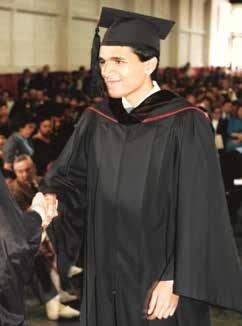


Zakim Bridge Boston, Massachusetts
Charlestown Bridge Boston, Massachusetts
Longfellow Bridge Boston, Massachusetts
Appleton Bridge Boston, Massachusetts
Northern Avenue Bridge Boston, Massachusetts
Markey Bridge Revere, Massachusetts
Fore River Bridge Quincy, Massachusetts
East 54th Street Bridge New York, New York
Woodrow Wilson Bridge Washington, DC
River North Bridge
I-74 Mississippi River Bridge Quad Cities, Iowa and Illinois
Huntsville Bridge Huntsville, Alabama
Griffin Bridge Des Moines, Iowa
Carver Bridge Des Moines, Iowa
Bruce Vento Bridge Saint Paul, Minnesota
Como Park Bridge Saint Paul, Minnesota
Tilley Bridge Fort Worth, Texas
Panther Island Bridges Fort Worth, Texas
Moody Bridge Austin, Texas
Marion Street Bridge Seattle, Washington Puente



The landmark Longfellow Bridge was completed in 1906. It is the most important historic bridge in the Boston area due to its prominent location over the Charles River as well as its visual quality and historic integrity. Originally called the Cambridge Bridge, in 1927 it was renamed the Henry Wadsworth Longfellow Bridge in honor of the distinguished local poet.
The multimodal bridge carries MBTA trains, motor vehicles, pedestrians, and bicyclists over the Charles River. The bridge substructure is built of granite masonry and consists of ten hollow piers and two abutments. The central bridge arch span is marked by four neoclassical granite towers, which are the origin of its popular nickname the Salt and Pepper Bridge.
The primary goals of the rehabilitation work were to address the bridge’s structural deficiencies, upgrade its capacity, and bring it up to date with modern codes while preserving its architectural character. The original steel arches were preserved and refurbished. The bridge’s ornate cast-iron pedestrian railings were restored or replicated when missing. Its granite masonry was cleaned and conserved. A new lighting system was installed to highlight the arches and towers at night with blue lighting. Original light posts and lanterns were replicated and placed along the bridge sidewalks, which were widened. Dedicated, protected bicycle lanes were installed. The Longfellow Bridge has once again become a source of pride for the community due to its enhanced artistic merit and the careful restoration and preservation of its historical character and detailing.
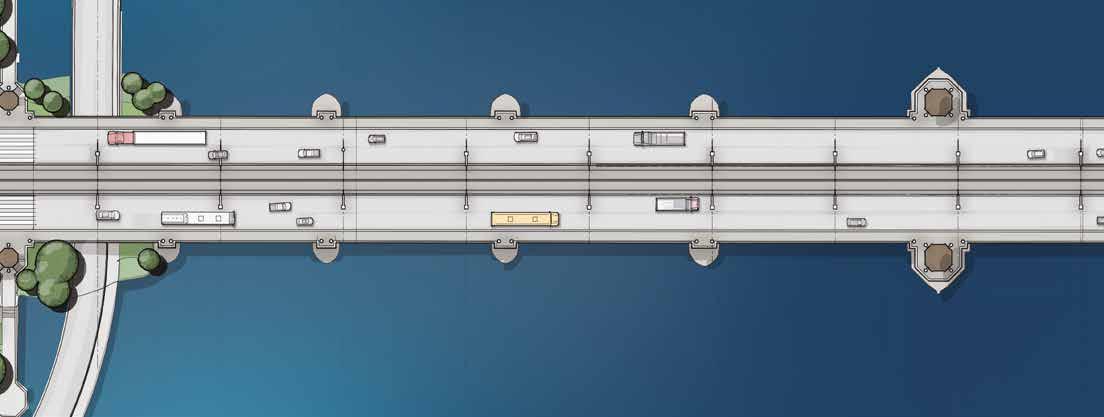






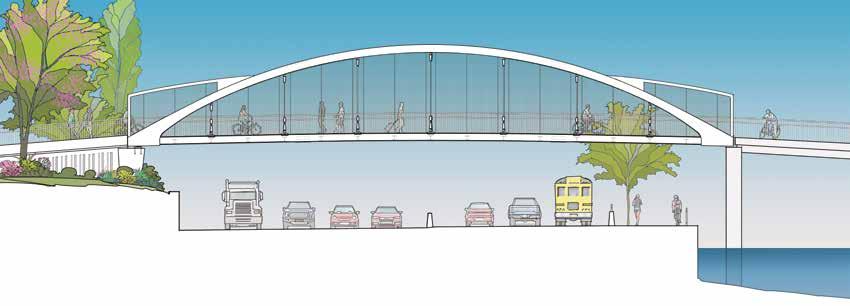


Bridge architectural features and detailing:
• Mid-century inspired architectural features to visually relate to the context.
• Light-gray structural system complements the marine environment.
• Use of curved access ramps to enhance an adjacent park and provide full accessibility.
• Concrete retaining walls enhanced with vertical rustication and angled geometry relating to the main arch.

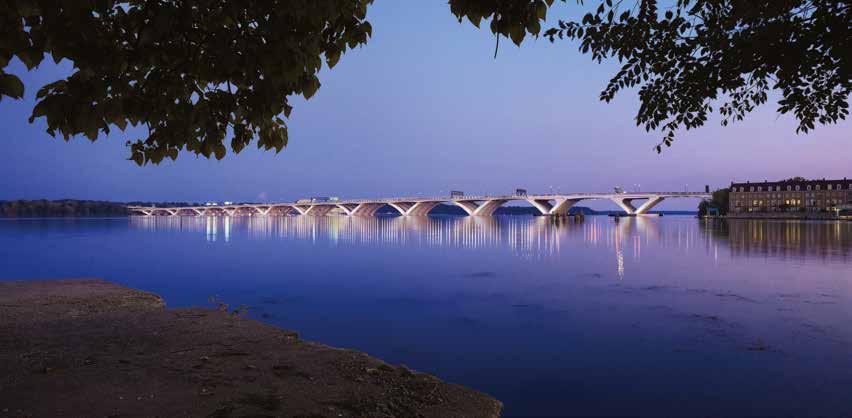




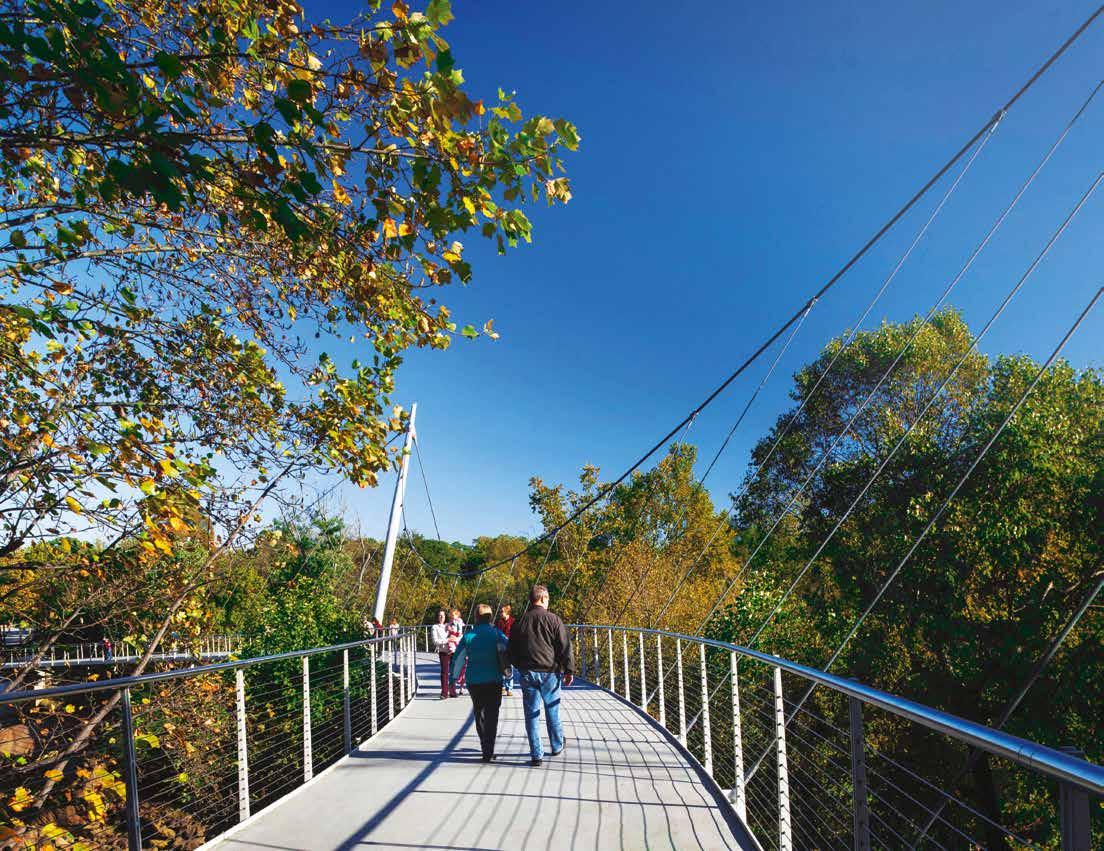

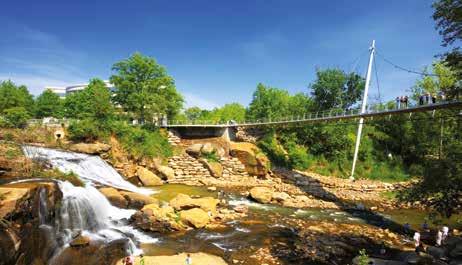
Bridge architectural features and detailing:
• Slender pedestrian railings with razor-thin cables for unobstructed views and overall transparency.
• Well-proportioned, curved structural truss superstructure with angled and curved elements.
• Tapered, inclined steel towers with bottom sphere assemblies to allow for bridge flexibility and thermal movements.
• Integrated railing lighting and overall aesthetic lighting that highlights the towers and cables.
• Carefully detailed bridge abutments, cable anchors, and connections to enhance elegance.
• Light-colored structural elements to highlight the bridge within the park’s context.

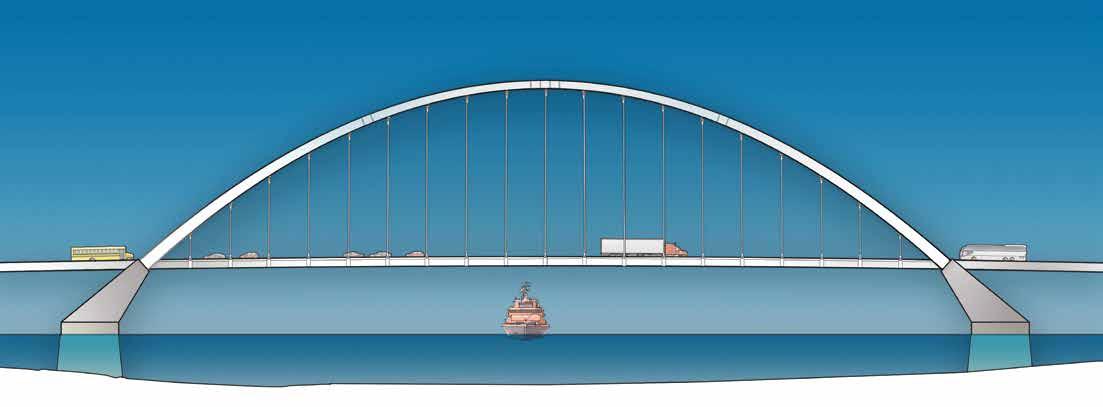

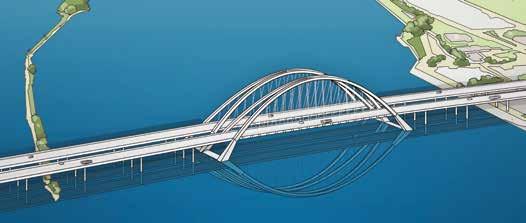
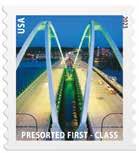
On August 24, 2023, the United States Postal Service issued a stamp celebrating the design and engineering of the I-74 Mississippi River Bridge.
Bridge architectural features and detailing:
• Twin steel basket-handle arches.
• Minimal structural bracing between arches for visual clarity.
• Protected pedestrian and bicycle walkway along the entire bridge.
• Aesthetic lighting highlights the arches and approach spans.
• Elegantly and carefully detailed bridge arch abutments, cable anchors, and connections.


Moines, IA Completion
The George Washington Carver Bridge in Des Moines, Iowa, crosses over the Raccoon River. The bridge is an integral part of the Martin Luther King Jr. Parkway that traverses the city, mainly at grade. The parkway replaced a proposed elevated highway that would have blocked views of the city and river and severely impacted the central business district. The bridge has three roadway lanes in one direction and two roadway lanes and one bikeway/pedestrian lane in the other. The structure is named after George Washington Carver, a prominent Black agricultural scientist who was renowned for inventing crop rotation and helping farmers improve their output.
The main river crossing features two blue free-standing arches that span the entire river without piers in the water. The slender arches act as a gateway when approaching the city from the airport, framing views of the skyline and Iowa’s tallest downtown skyscraper. The distinct color of the arches complements the site’s abundant greenery along the river. Clearly marking the river crossing, the arches appear to float over the water from a distance. The arch ties were built with post-tensioned, cast-in-place, reinforced concrete with a smooth bridge underside. The arches were furnished in three pieces and welded together in the field with seamless connections, improving the visual quality and detailing of the bridge. Pedestrian railings, roadway barriers, and lighting fixtures match the color of the main arches to reinforce its overall visual appeal. The George Washington Carver Bridge has become a Des Moines icon. In 2008 the city incorporated a silhouette of the arch in its official logo to celebrate the transformation of downtown that followed the completion of the bridge and parkway.

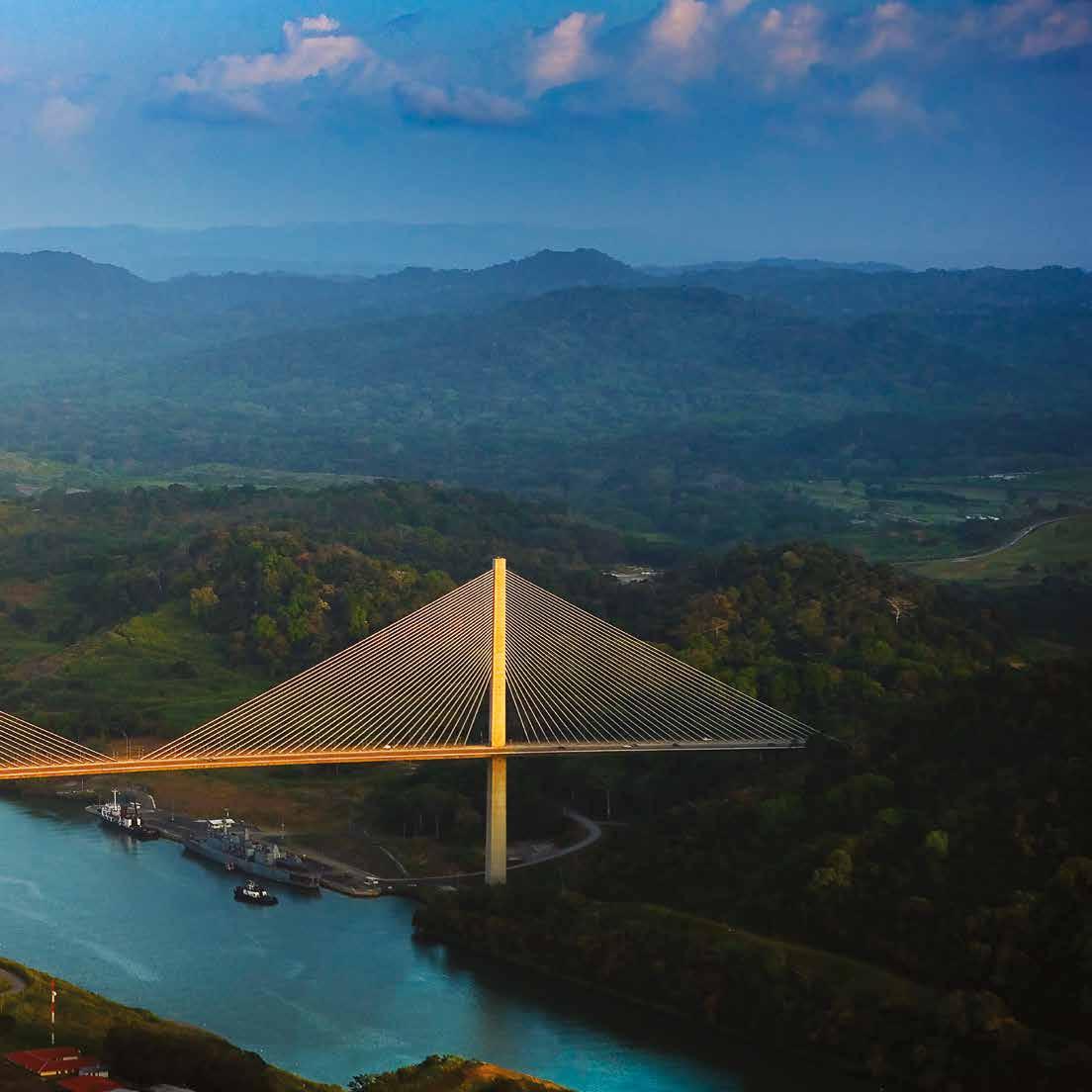

Without the vision and support of our clients and collaborators, the bridges included in this book would not have become reality. My heartfelt gratitude goes to all of them.

